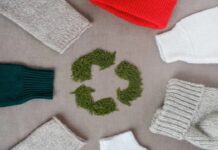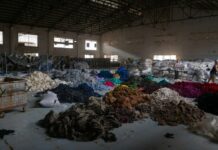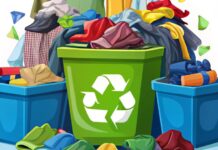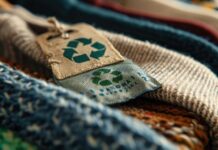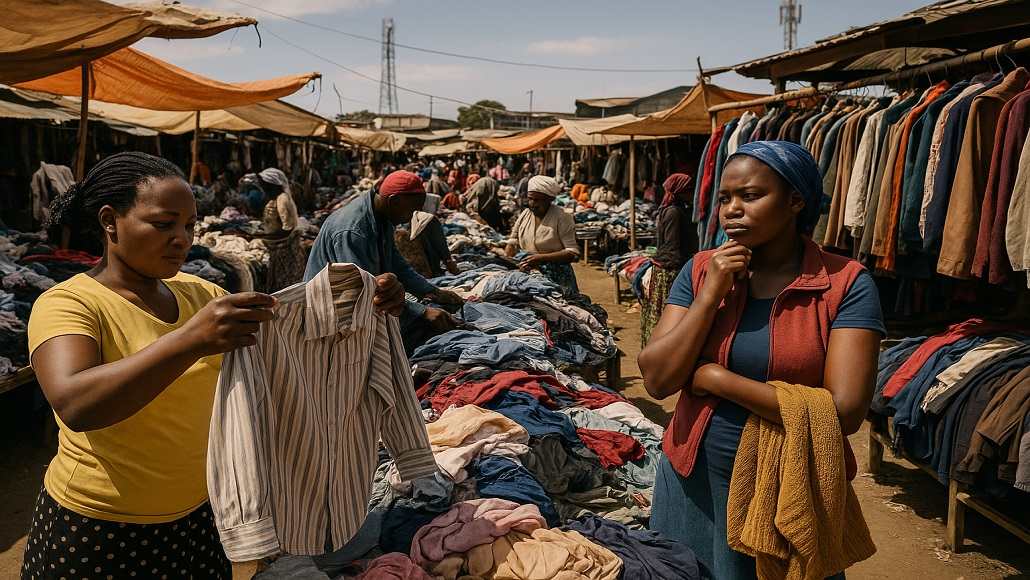A recent study by the IVL Swedish Environmental Research Institute explores the secondhand clothing trade’s value chain and its implications within the circular economy framework. Titled “From Collection of Used Clothes in Sweden to Reuse in Kenya: A Case Study of Humana Lithuania’s Value Chain for Secondhand Clothes,” the report was commissioned by Humana Lithuania to analyze the flow of secondhand garments collected in Sweden for the Kenyan market.
The study aims to illuminate the dynamics of this marketplace while assessing the economic activities, job creation, and socio-economic impacts associated with the trade of post-consumer textiles. It details the value chain’s various stages, including sorting processes in Lithuania and Oman, culminating in the importation and resale of secondhand clothing in Kenya.
Against a backdrop of criticism equating the export of secondhand clothes to dumping, the report counters that such claims lack empirical support. It highlights that Kenya imposes significant import duties on “mitumba,” the local term for secondhand garments, making it economically impractical for exporters to dispose of these items in landfills.
The report also identifies challenges faced by textile collectors, particularly in light of the new EU waste regulations introduced under the Waste Framework Directive. Beginning in January 2025, Sweden’s mandatory separation of textiles from household waste has increased the volume of collected textiles, but it has also reduced the percentage suitable for reuse. This shift places additional financial and operational pressures on collectors already operating on thin margins.
Cristofer Ståhlgren from Human Bridge, a Swedish collector of used textiles, stated, “As textile collectors, we support better textile waste management, but the new rules are placing logistical and financial strain on our operations.” He emphasized that if we are serious about circularity, there must be efforts to protect and enhance the existing reuse infrastructure.
The IVL report underscores the necessity for separate collection systems for reuse and recycling to ensure quality streams for reuse. Sweden’s experience highlights how EU directives may have unintended negative consequences if not carefully implemented.















